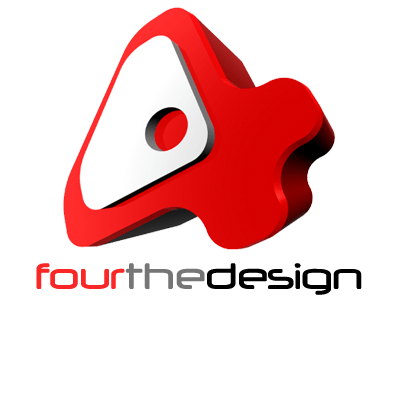AR & VR in Education Helps Students to Learn More and Better
Technology enables a student to absorb study in an immersive way. It helps to submerge students’ experience both virtually and physically. Behavioral studies of humans show how visual senses leave a long-term effect on human memory than hearing. AR & VR are the current tools to teach students in both physical & virtual spaces. Both tools provide an equal chance to see the unseen objects and realities. So, AR & VR in Education helps students learn more and Better.
Learning and Understanding with AR & VR
The teacher can effectively control the motor skills and critical thinking by playing with visual content. AR & VR are the most effective tools for teaching biology, chemistry, physics, and algebra. So, gaming promotes better learning and understanding.
1- Comparing AR &VR with Real-Time Education
Studying a place geographically in the real world is different from studying it in virtual spaces. Teachers cannot teach students by showing that what is the geographical history of a region and how it is affected. Instead of this, they can illuminate a student by creating a 3D VR to show all the changes that can take place in that region.
2- Dominating impacts Vs. Augmented Reality
Augmented reality helps to see the impacts of a person’s actions that he is making in a particular moment. For example, an App can develop organizational skills in students. These are designed to match the student’s psychology instantly. They can seize information from multiple approaches.
3- Better Development of Skills with VR
Student learning skills depend upon three different factors: attention, interest, and attitude. All these things can be grasped by knowing the student’s interest. Most students love gamming, and VR is helpful in this way. Puzzle games can develop better learning skills in a student. Besides educational purposes, challenging tasks of a game can also increase the overall intelligence.
4- Equal Distribution of Digital Content Among Students
Some VR gaming apps can effectively convey the complete lesson to all students. This VR technology engages all the students at the same time into learning. It can engage even those students who manifest their zero interest in studies. So, it is an effective way to distribute digital content among students, and they can approach recall anytime.
Other benefits of AR and VR in Education
It is a comprehensive way of teaching a student to learn better due to a systematic approach. This technology decreases learning and saves time for both teacher and student. It also helps to familiarize students with up-to-date learning techniques.
The Bottom Line!
Student learning can be managed more effectively by increasing digital literacy in this practical era. Virtual reality can be used to improve and boost student learning, by providing students with memorable and immersive experiences. This type of learning can uplift long-term memorizing by bringing a real-world and virtual space experience into the classroom. So, a student can be a better problem solver as AR & VR in Education helps students learn more and Better.



